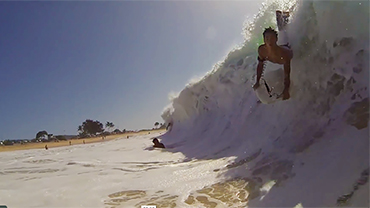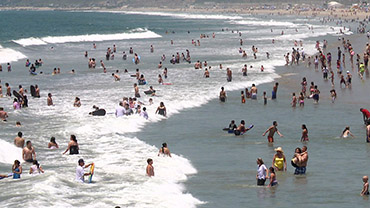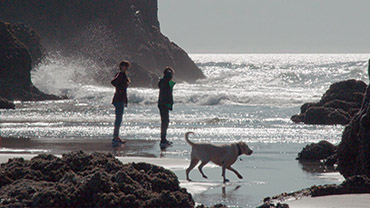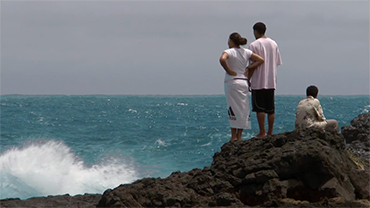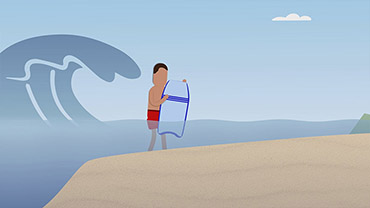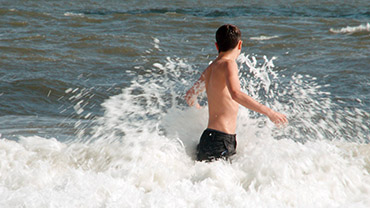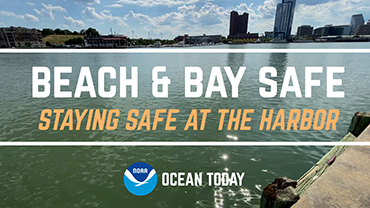Transcript
Transcript
This is Making Waves from NOAA's National Ocean Service.
The ocean never stands still. Even here in this quiet marina, you can see the water is slowly moving.
If you stood at this spot for many hours, you'd witness one of the most reliable and predictable features of the ocean: the rise and fall of the tide, caused by the gravitational pull of the moon and the sun on our planet.
But what's causing the motion you see here with this gently swaying anemone on the sea floor off the Atlantic Coast? This is ocean current. The reason we have currents in the ocean is a bit more complicated.
Let's go back to the shoreline to witness one cause of ocean currents. Tides.
1. Tidal Currents
Tidal currents are strongest near the shore, in bays, and in estuaries along our coasts. This illustration will give you an idea of how this works. As the tide rises, water moves inland. This is called a flood current. As the tide recedes, the water moves seaward. This is called an ebb current. You can see the movement of water by watching the green seaweed.
Now let's zoom out and look at what's happening near the surface of the ocean on a global scale over time. At this scale, currents are driven primarily by two different forces. The first force is something we all know: wind.
2. Wind
This animation is from NASA's Goddard Space Flight Center. It shows surface ocean currents around the world during the period from June 2005 to December 2007. Check our show notes for a link to the full animation.
Let's take a few moments to look at a few prominent surface ocean currents. See that? You've probably heard of this current. It's called the Gulf Stream.
The Gulf Stream is an intense, warm ocean current in the western North Atlantic. It transports nearly four billion cubic feet of water per second.
Now let's speed up a bit and to go look at another special current.
Coming into view now is the Kuroshio Current, located off the east coast of Japan. This is the ocean's largest current. It can travel between 25-75 miles a day and is equal in volume to 6,000 large rivers.
Surface ocean currents on the open ocean are fantastically complicated and beautiful, driven by a complex global wind system.
But there's one more ocean current force that you may have never heard of. It's called thermohaline circulation.
3. Thermohaline Circulation
Thermo means 'heat,' and 'haline' refers to salinity. This term describes how changes in heat and salt content constantly change the density of ocean water. Cold, salty water is dense and sinks to the bottom of the ocean and eventually returns to the surface through mixing and wind driven upwelling.
On a global scale, this sinking and rising of ocean water creates what scientists call the 'great ocean conveyor belt.’
This conveyor belt affects the Earth's climate by driving warm water from the Equator and cold water from the poles around the Earth. It takes water almost 1000 years to move through the whole conveyor belt.
So there you have it. Tides, wind, heat, and salinity are all factors that put the motion in the ocean.
 An official website of the United States government.
Here's how you know we're official.
An official website of the United States government.
Here's how you know we're official.


